Pegah Karimi
Guiding Empowerment Model: Liberating Neurodiversity in Online Higher Education
Oct 24, 2024

Abstract:In this innovative practice full paper, we address the equity gap for neurodivergent and situationally limited learners by identifying the spectrum of dynamic factors that impact learning and function. Educators have shown a growing interest in identifying learners' cognitive abilities and learning preferences to measure their impact on academic achievement. Often institutions employ one-size-fits-all approaches leaving the burden on disabled students to self-advocate or tolerate inadequate support. Emerging frameworks guide neurodivergent learners through instructional approaches, such as online education. However, these frameworks fail to address holistic environmental needs or recommend technology interventions, particularly for those with undisclosed learning or developmental disabilities and situational limitations. In this article, we integrate a neurodivergent perspective through secondary research of around 100 articles to introduce a Guiding Empowerment Model involving key cognitive and situational factors that contextualize day-to-day experiences affecting learner ability. We synthesize three sample student profiles that highlight user problems in functioning. We use this model to evaluate sample learning platform features and other supportive technology solutions. The proposed approach augments frameworks such as Universal Design for Learning to consider factors including various sensory processing differences, social connection challenges, and environmental limitations. We suggest that by applying the mode through technology-enabled features such as customizable task management, guided varied content access, and guided multi-modal collaboration, major learning barriers of neurodivergent and situationally limited learners will be removed to activate the successful pursuit of their academic goals.
Deep Learning in a Computational Model for Conceptual Shifts in a Co-Creative Design System
Jun 24, 2019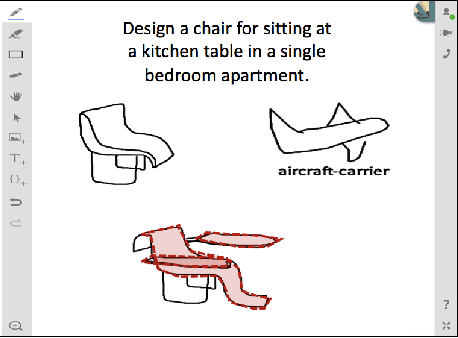

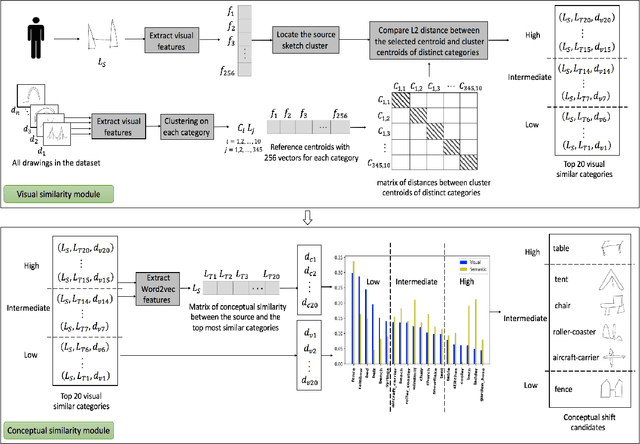

Abstract:This paper presents a computational model for conceptual shifts, based on a novelty metric applied to a vector representation generated through deep learning. This model is integrated into a co-creative design system, which enables a partnership between an AI agent and a human designer interacting through a sketching canvas. The AI agent responds to the human designer's sketch with a new sketch that is a conceptual shift: intentionally varying the visual and conceptual similarity with increasingly more novelty. The paper presents the results of a user study showing that increasing novelty in the AI contribution is associated with higher creative outcomes, whereas low novelty leads to less creative outcomes.
Evaluating Creativity in Computational Co-Creative Systems
Jul 25, 2018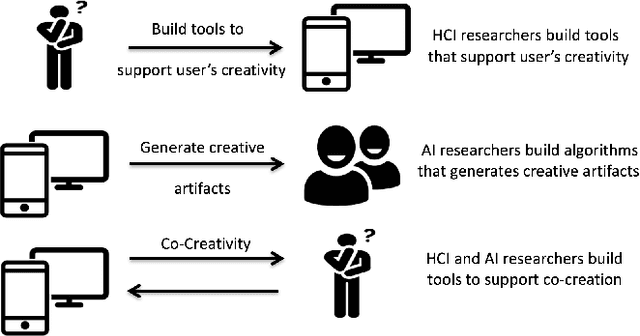
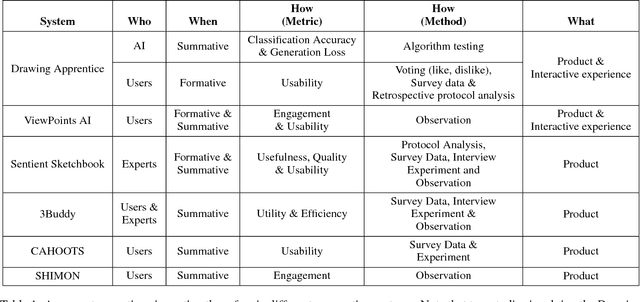

Abstract:This paper provides a framework for evaluating creativity in co-creative systems: those that involve computer programs collaborating with human users on creative tasks. We situate co-creative systems within a broader context of computational creativity and explain the unique qualities of these systems. We present four main questions that can guide evaluation in co-creative systems: Who is evaluating the creativity, what is being evaluated, when does evaluation occur and how the evaluation is performed. These questions provide a framework for comparing how existing co-creative systems evaluate creativity, and we apply them to examples of co-creative systems in art, humor, games and robotics. We conclude that existing co-creative systems tend to focus on evaluating the user experience. Adopting evaluation methods from autonomous creative systems may lead to co-creative systems that are self-aware and intentional.
Deep Learning for Identifying Potential Conceptual Shifts for Co-creative Drawing
Jan 02, 2018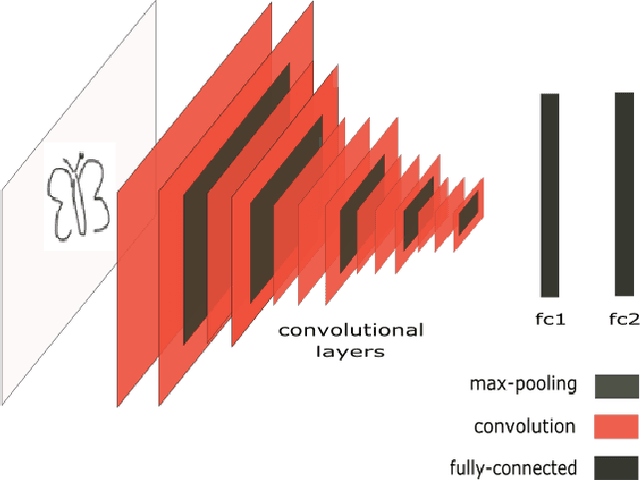
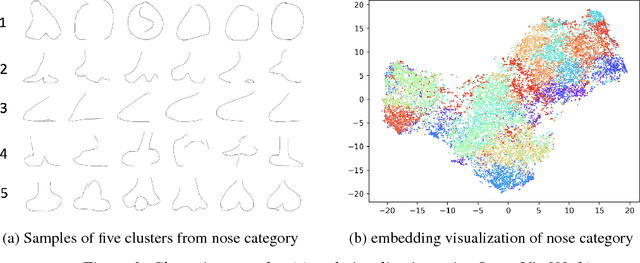
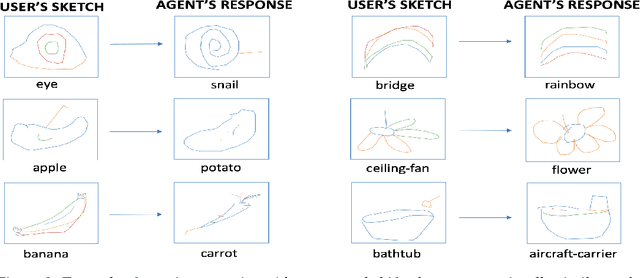
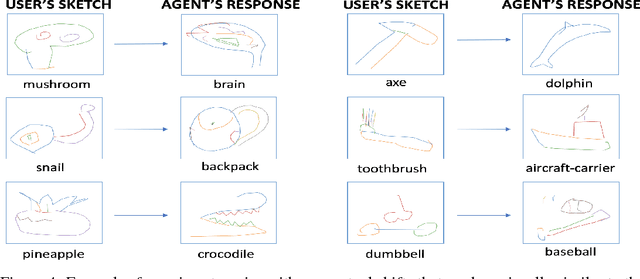
Abstract:We present a system for identifying conceptual shifts between visual categories, which will form the basis for a co-creative drawing system to help users draw more creative sketches. The system recognizes human sketches and matches them to structurally similar sketches from categories to which they do not belong. This would allow a co-creative drawing system to produce an ambiguous sketch that blends features from both categories.
 Add to Chrome
Add to Chrome Add to Firefox
Add to Firefox Add to Edge
Add to Edge